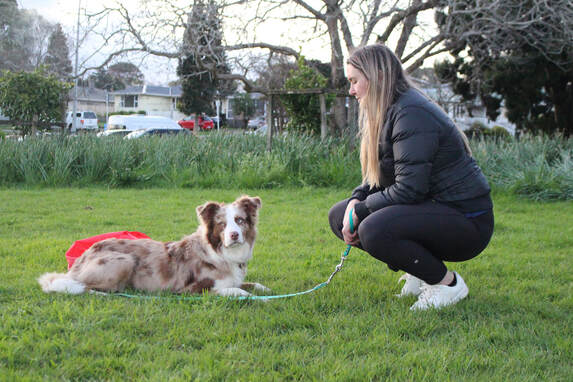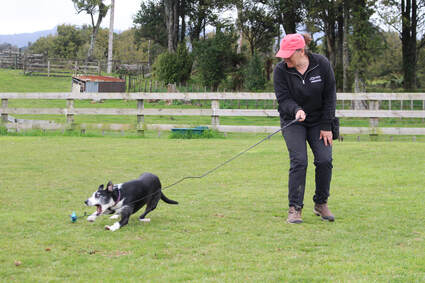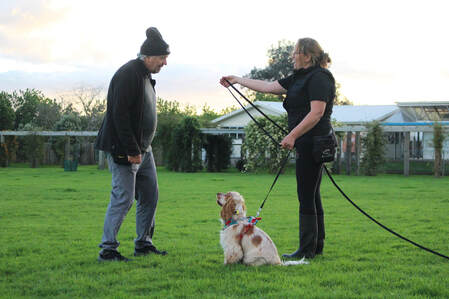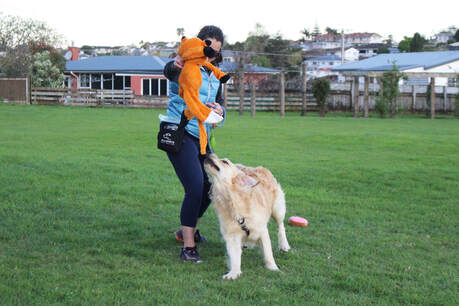|
For many dogs the hormonal changes that occur as they enter adolescence can have significant impacts on their behaviour. Adolescence can start as young at 5 months of age. During this period many dogs’ brains are being re-wired and they can have many more tendencies to behave in ways they did not before – thrill seeking, self-rewarding, impulsiveness, less inclined to listen, worried by things that didn’t worry them before, more vocal in moments of excitement or worry. They are emotionally led during this period when the amygdala part of their brain is more active, and the rational part of the brain less so. As their confidence increases, and they feel like they can explore the world, you get an increase in behaviours that make them feel good, which can often look like ‘disobedience’. Recall usually goes out the window, because you suddenly become less relevant. Social interactions and investigation is a lot more important because the dog is coming into sexual maturity. Even if they have been castrated/spayed, this behaviour is still something they will participate in. Additionally, in line with thrill-seeking, predation behaviours often become more frequent. Adolescent dogs will often start to demonstrate a tendency to have more interest in what they have historically been bred to do, so it is important to understand what your dog’s breed purpose is, to make sure you keep working toward understanding why you may not have as much meaning to your dog during this time. We find that more management in this time really helps you in the long run. Making sure you have your dog on a long line, for example, or setting up boundaries in the home through baby gates or tether points, means your teenage dog doesn’t get to practise the behaviours we don’t particularly want to see, or have them become a habit. We often see ‘over reactions’ during these periods and this can often be exacerbated by:
Being aware of these sorts of experiences will help you understand your teenage dog more, and may help guide you in making more appropriate decisions for your dog as you move forward. What’s important to recognise is that this period isn’t forever. Be patient while their internal world has somewhat of an upheaval, keep up the maintenance of your training, and help your young dog meet their growing needs. You won’t regret sticking through the hard yards.
Authored by Sarah Endres and Estelle Leyshon
0 Comments
Leave a Reply. |
AuthorsArticles created by the team at Allsorts Dog Training, Bay of Plenty, New Zealand Our Library
All
|





 RSS Feed
RSS Feed